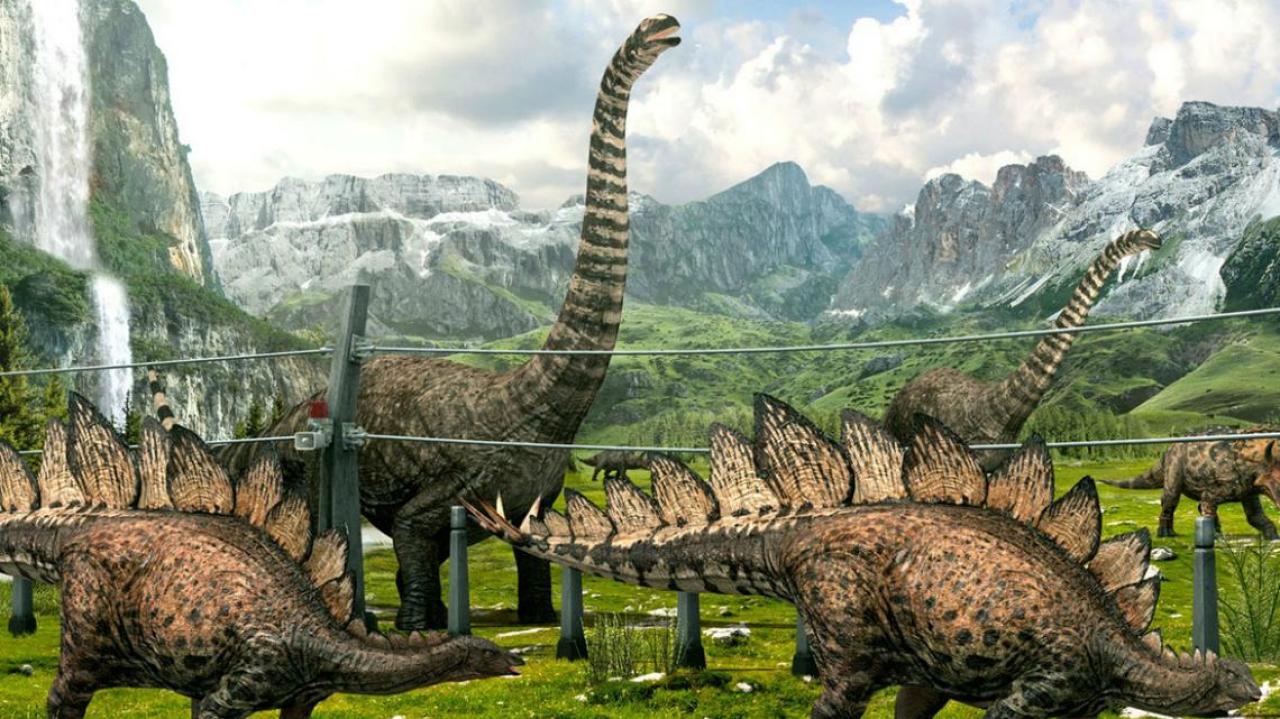Dinosaurs could
potentially walk among us in real life soon as the paleontologist who inspired
the original Jurassic Park movie has announced a research project to bring the
extinct creatures back to life. Dr. Jack Horner says scientists are only 5
to 10 years away from genetically engineering dinosaurs into existence.





According to a
report by PEOPLE, Horner is working with scientists at Harvard and Yale,
looking to the closest living relatives of dinosaurs in the hopes of
reverse-engineering them. “Of course, birds are dinosaurs," Horner said.
"So we just need to fix them so they look a little more like a
dinosaur."
Horner and his
team will reportedly begin with the modern day chicken, which is widely
considered a direct descendant of the massive beasts that once dominated the
earth. Horner has consulted on all four Jurassic Park films. In a behind the
scenes interview from the first movie in the franchise, writer Michael Crichton
confessed that the hero, Dr. Alan Grant, was an amalgam of Horner and Philip J.
Currie.

The 71-year-old
paleontologist said that when he first began work on the movies, he believe
dinosaurs would be revived in the same way they are in the film -- through
preserved bits of their DNA taken from fossils. However, in the years
since, he and his colleagues have come to better understand how DNA degrades
over time, and determined that this is not the course they will have to take.

As Horner sees it,
the chicken, and many other modern birds, have the genetic code of their
dinosaur ancestors stored within their own DNA. He believes they will be able
to manipulate that code to reverse the evolutionary process -- forcing
mutations that will express more and more of those ancient characteristics.
“Dinosaurs had long tails, arms, and hands – and through evolution they’ve lost their tails, and their arms and hands have turned into wings," Horner explained to reporters. "Additionally, their whole snout has changed from the velociraptor-look to the bird-like beak morphology.” Horner said he hopes his work will determine a way to flip a switch “in such a way that we’ll get these ancestral characteristics back.”

Horner cited a
2015 study as his "proof of concept," noting that scientists at
Harvard and Yale were able to trick a bird's head into changing into a dinosaur
snout.
“Basically what we do is we go into an embryo that’s just beginning to form, and use some genetic markers to sort of identify when certain genes turn on and when they turn off,” he said.. “And by determining when certain genes turn on, we can sort of figure out how a tail begins to develop. And we want to fix that gene so it doesn t stop the tail from growing.”
Horner was
completely confident that some form of what he called a
"chickensoraus" will be walking the earth within ten years.
“We can make a bird with teeth, and we can change its mouth,” he said. “And actually the wings and hands are not as difficult. We’re pretty sure we can do that soon.”
The project is no
simple task, however, and Horner noted that “the tail is the biggest project.
But on the other hand, we have been able to do some things recently that have
given us hope that it won’t take too long.”
Comments
Post a Comment